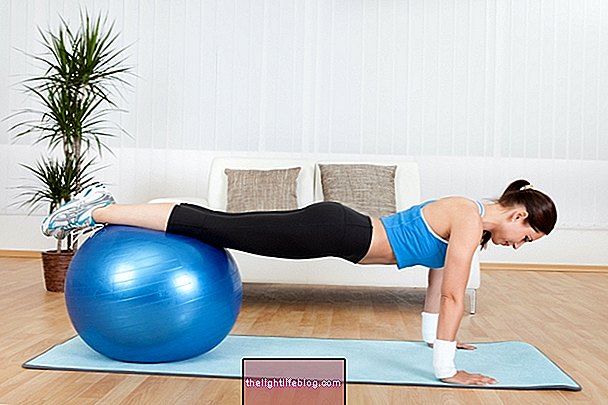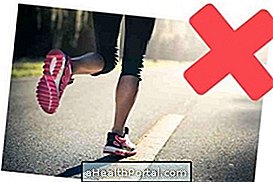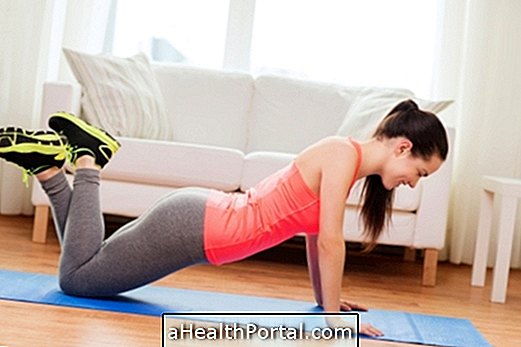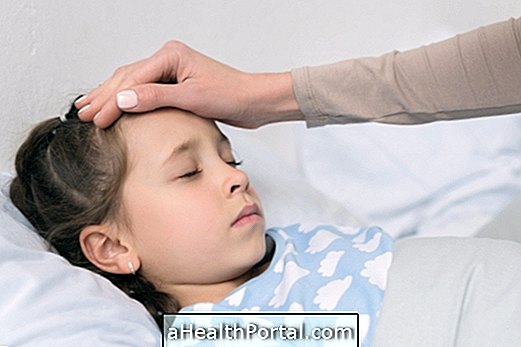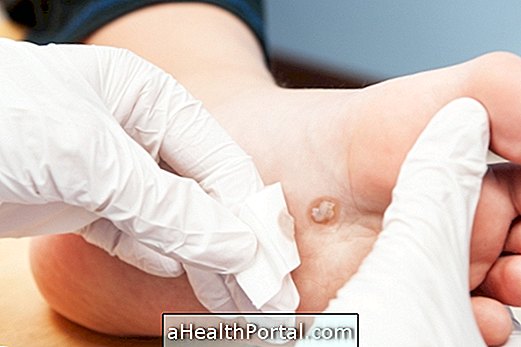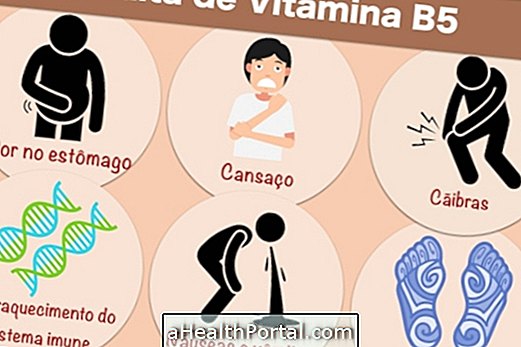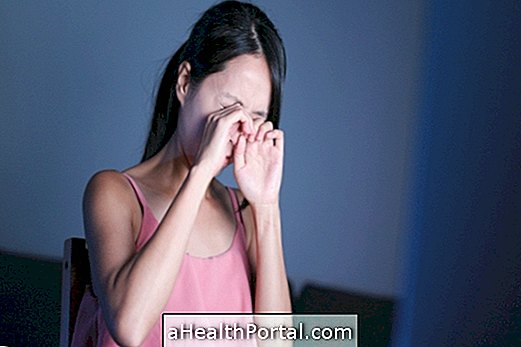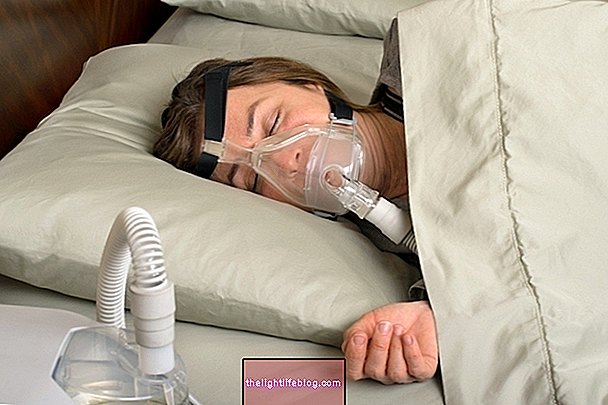Going up and down stairs is a good exercise to lose weight, tone your legs and fight cellulite. This type of physical activity burns calories, being a good exercise to burn fat and at the same time strengthen the thighs and butt.
However, to climb stairs safely you should wear a hiking or running shoe because it has a good cushioning in the sole, and wear comfortable clothing besides not being too overweight, nor carrying any bag for the body not having to do more effort of only one side.
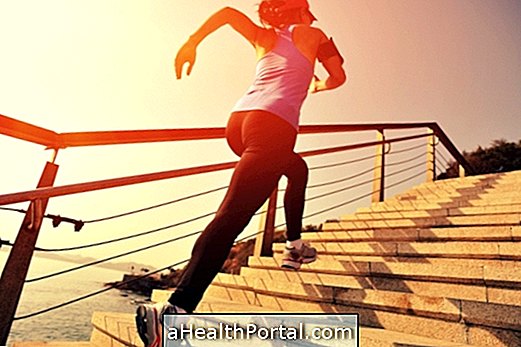
How to use the stairs to lose weight
For those who live in a building, the ideal is to escape the elevator and always choose the stairs in their day to day. In addition, you can also go up and down stairs for 20 minutes, without stopping to rest.
Initially you can climb stairs at a slower pace, but from the 3rd week you should try to increase the pace to burn more calories and stimulate the bloodstream, which brings more benefits to the cardiovascular system, helping to prevent infarction and stroke, for example.
Other Benefits of Using the Stairs
The main benefits of going up and down stairs include:
- Strengthen thigh and butt muscles;
- Burn about 200 calories in just 30 minutes;
- Help fight cellulite and poor circulation;
- Stimulate blood circulation and protect the heart;
- Increase the feeling of well-being due to the release of serotonin in the blood;
- Decrease stress by helping lower blood cortisol levels;
- Reduce the risk of thrombosis, osteoporosis and fractures;
- Prevents the formation of varicose veins because it improves the venous return;
- Improve fitness and breathing.
Some important guidelines for getting the best out of the stairs are: be close to the railing to hold, if necessary, climb only 1 step at a time, do not run up the stairs while not having a good physical preparation, do not carry several volumes in the hands ; do not use stairs with slippery floors.
Is going up stairs bad?
Although it is a great exercise to lose weight, stairs should be avoided by people with some alteration in the knee such as arthrosis or chondromalacia, for example. In these cases the joint is damaged and there is usually weakness of the thigh muscles, which further strengthens the joint and may aggravate the situation.
Other situations that make stairs inadvisable include heart problems such as arrhythmia, vision, and respiratory diseases that make it difficult for air to pass through. In such cases it is important to talk to the doctor before taking the stairs as a lifestyle or type of physical activity.
Climbing stairs can also be advised especially at the end of pregnancy, because at this stage the woman becomes more unbalanced and may fall, causing damage to her health and also to that of the baby.

